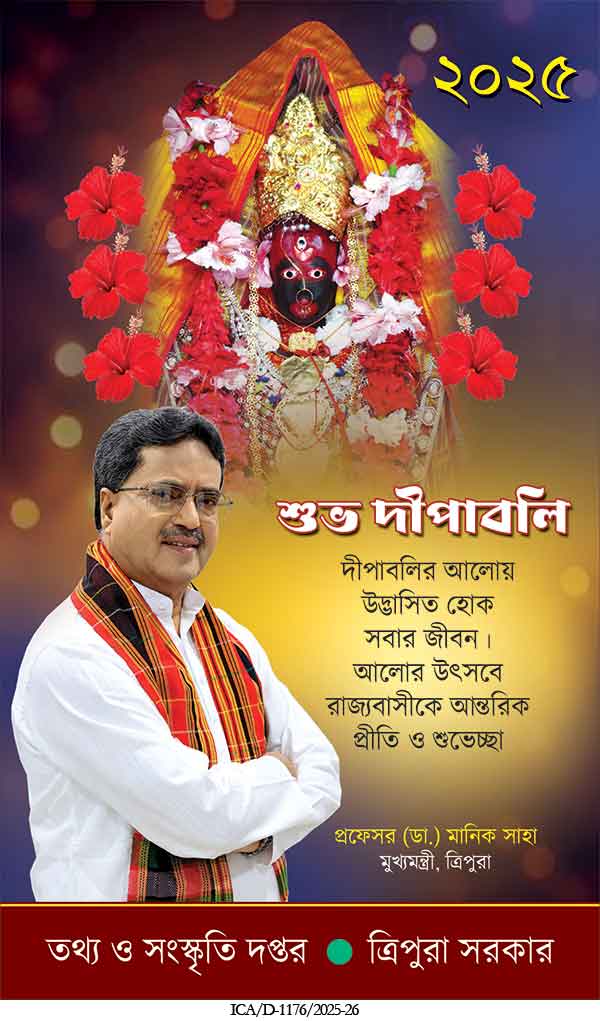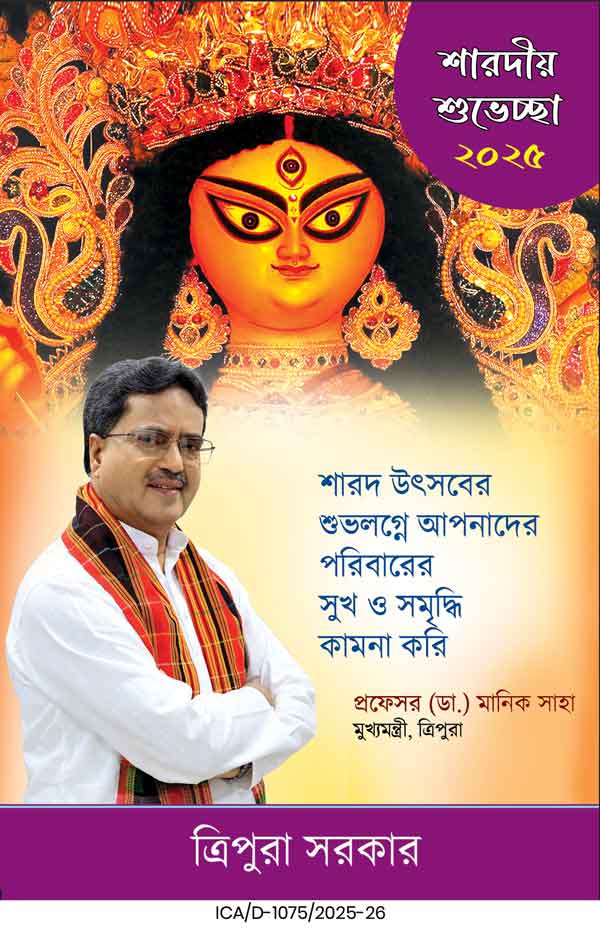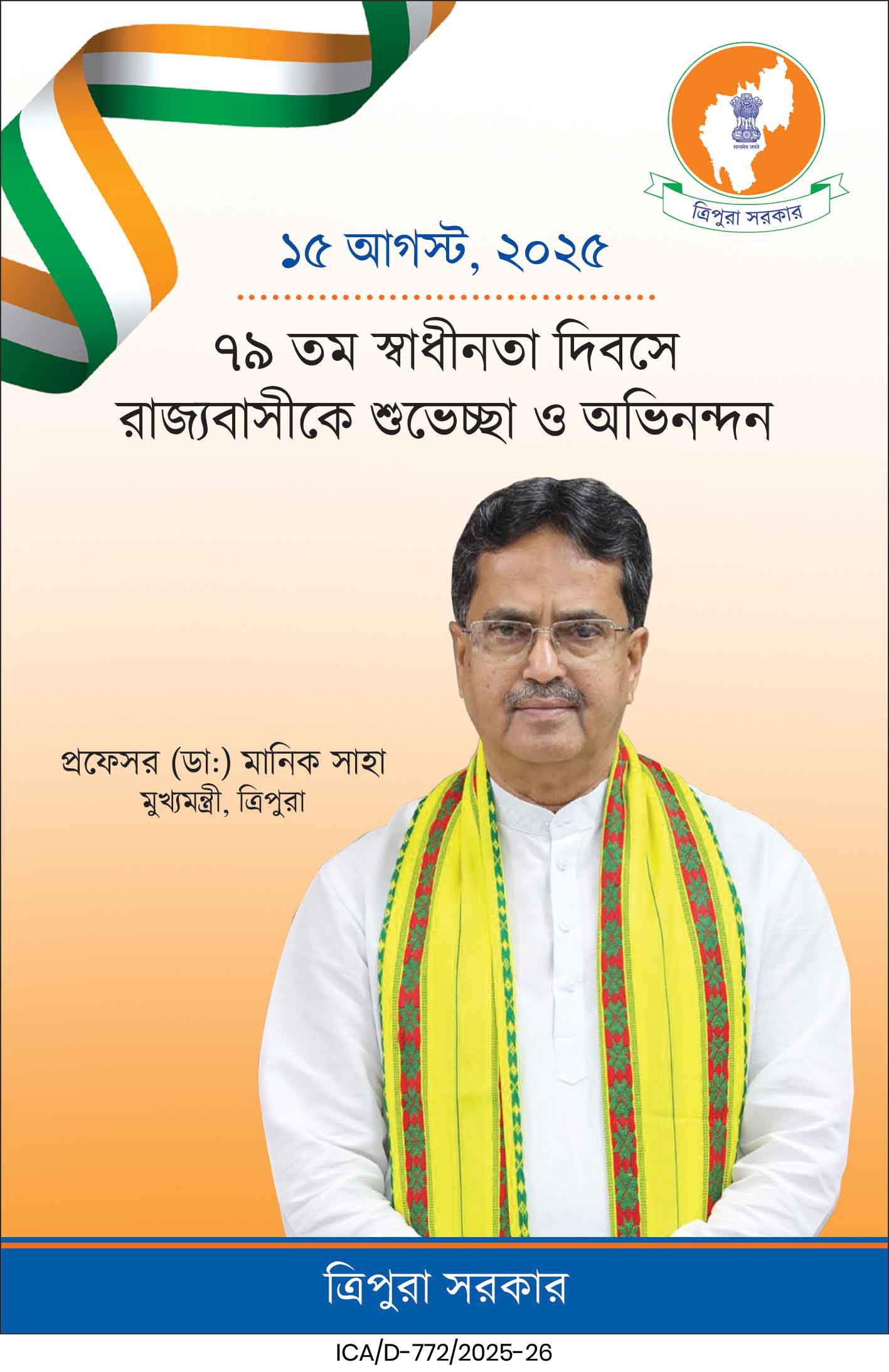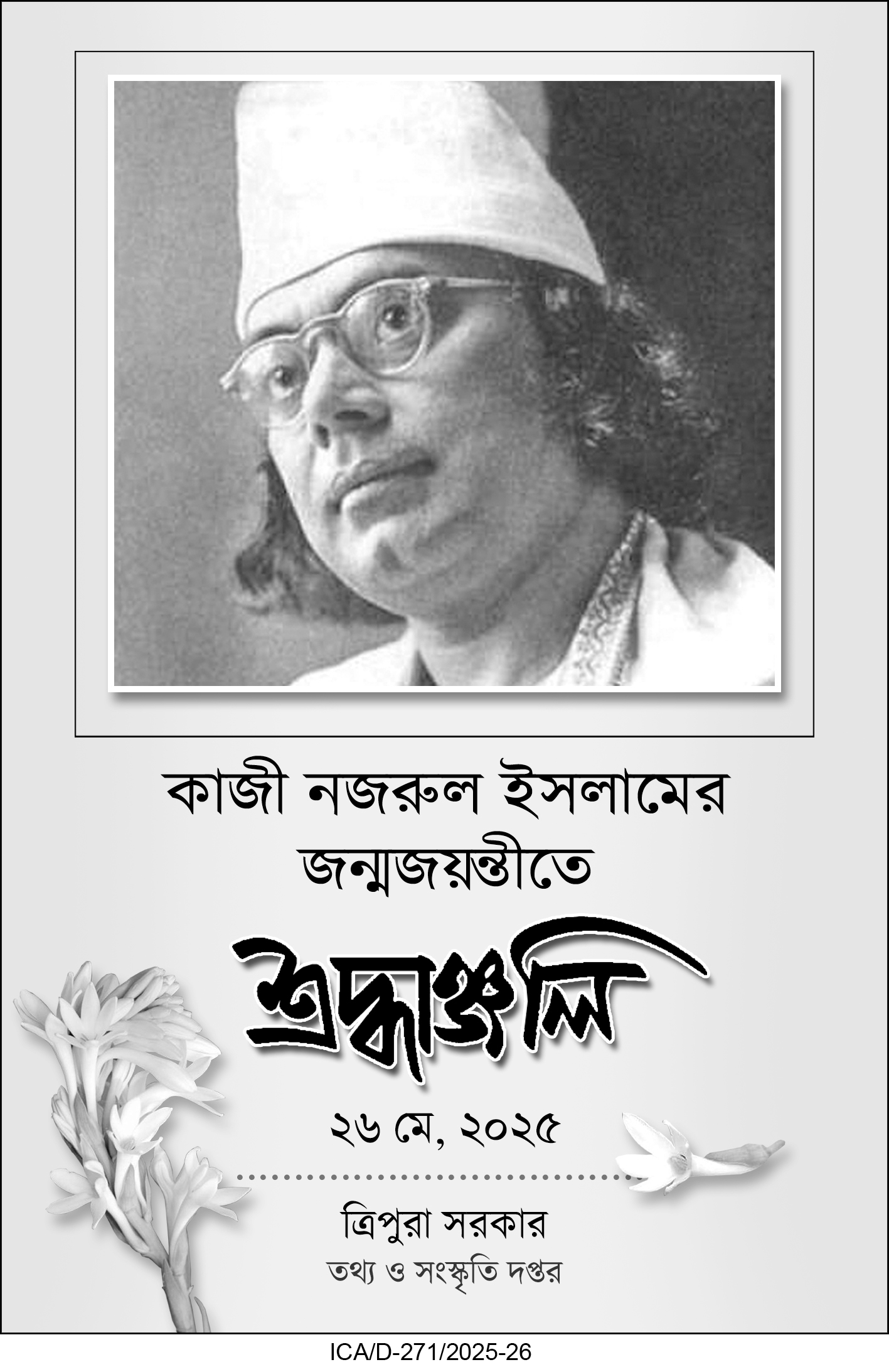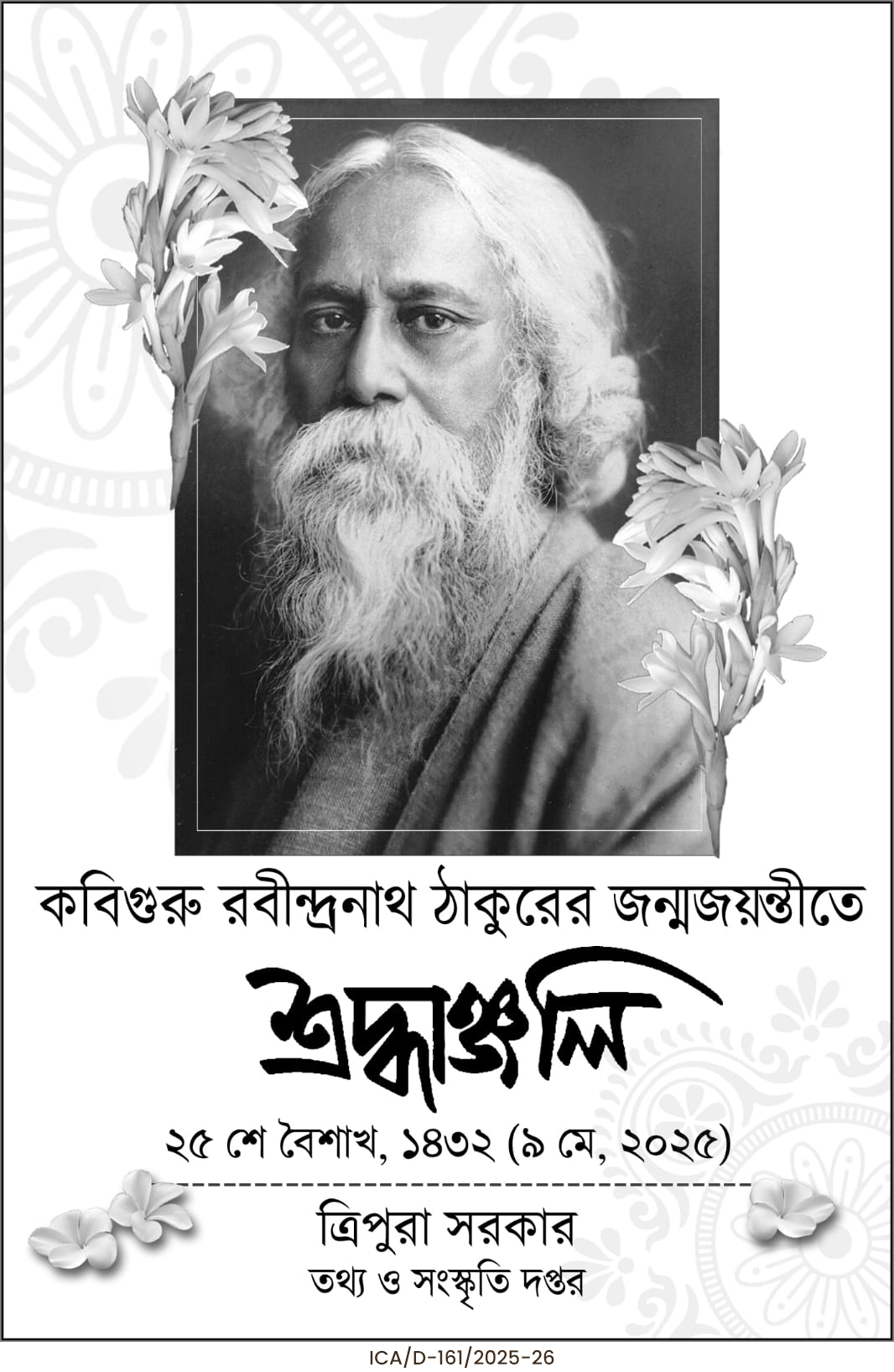A new Education Ministry report reveals that 340 schools in Tripura operate with only one teacher, affecting 6,492 students. Despite infrastructure progress, the data exposes severe teacher shortages and growing disparities between government and private schools.
Tripura’s education system faces a stark challenge — 340 schools across the state are being run by a single teacher, according to the latest Unified District Information System for Education (UDISE) 2024–25 report released by the Ministry of Education. These single-teacher schools collectively cater to 6,492 students, highlighting a critical teacher shortage that threatens the quality of education in rural and remote regions.
Published in August, the report presents a mixed picture of the state’s educational progress. While Tripura has made notable gains in infrastructure and access, the acute shortage of teaching staff paints a worrying picture for learning outcomes and classroom engagement.
Teacher Shortage Despite Healthy Pupil-Teacher Ratio
The report reveals that Tripura maintains a pupil-teacher ratio (PTR) of 18, better than the national average in many states. However, the PTR figure masks the unequal distribution of teachers across institutions.
On average, each school in the state accommodates 140 students, but the 340 single-teacher schools serve an average of 20 students each, forcing educators to handle multiple classes and subjects simultaneously.
Education experts have described the situation as “unsustainable,” pointing out that one teacher managing multiple grades severely limits personalized instruction, student assessment, and extracurricular learning.
Infrastructure Improvements Offer Hope
On a positive note, the UDISE report highlights significant strides in school infrastructure. All of the 4,943 schools in Tripura now have electricity, and 97 percent are equipped with separate toilets for boys and girls, a key determinant of school attendance, particularly among girls.
The report also shows zero schools with zero enrolment, which the state’s education officials view as an encouraging sign of community engagement and sustained interest in schooling.
Total student enrolment in Tripura for the 2024–25 academic year stands at 6,90,084, reflecting steady participation across different education sectors.
Government vs Private Education Divide Widens
While 4,88,370 students study in 4,187 government schools, and another 28,103 students attend 42 government-aided institutions, the state’s 485 private schools now educate 1,61,544 students, showing a growing preference for private education.
Teacher distribution further emphasizes this divide. Government schools employ 27,601 teachers, averaging seven teachers per school, while private schools employ 8,195 teachers, averaging 16 per institution. The disparity underscores the widening quality gap between public and private education systems, driven by uneven staffing and resources.
Limited Access to Digital and Modern Learning Tools
Despite improvements in basic amenities, modern learning infrastructure remains inadequate.
Only 41 percent of schools in Tripura have access to the internet, limiting the implementation of digital classrooms and online learning programs.
Additionally, just 221 schools are equipped with solar panels, and 186 schools have rainwater harvesting systems, representing a mere 4 and 3 percent of total institutions, respectively.
Computer education has expanded but still faces gaps. Around 3,289 schools, including 85 percent of private institutions, offer computer classes, suggesting that public schools lag behind in digital inclusion. Science laboratories are available in 428 out of 1,229 secondary schools, indicating room for improvement in STEM education facilities.
Dropout Rates Continue to Challenge Education Goals
Dropout rates, though lower than in previous years, remain a significant concern. The report notes the highest dropout rate at the secondary level (8.8%), followed by 3.2% at the middle level and 1.3% at the foundational stage.
Education officials attribute these figures to socio-economic challenges, lack of subject-specific teachers, and poor access to career guidance for students in remote districts.
The Way Forward
Experts suggest that addressing teacher deployment inefficiencies and strengthening digital infrastructure are key to ensuring equitable education across Tripura. The Ministry’s findings are expected to guide policy interventions, including targeted teacher recruitment drives, capacity-building programs, and rural education incentives.
| Also Read: Tripura CM allocates ₹7,149 Cr for Tribal Development Push |
While the state has made commendable progress in accessibility and infrastructure, the reliance on single-teacher schools highlights an urgent need for systemic reform to safeguard learning outcomes for thousands of children.

